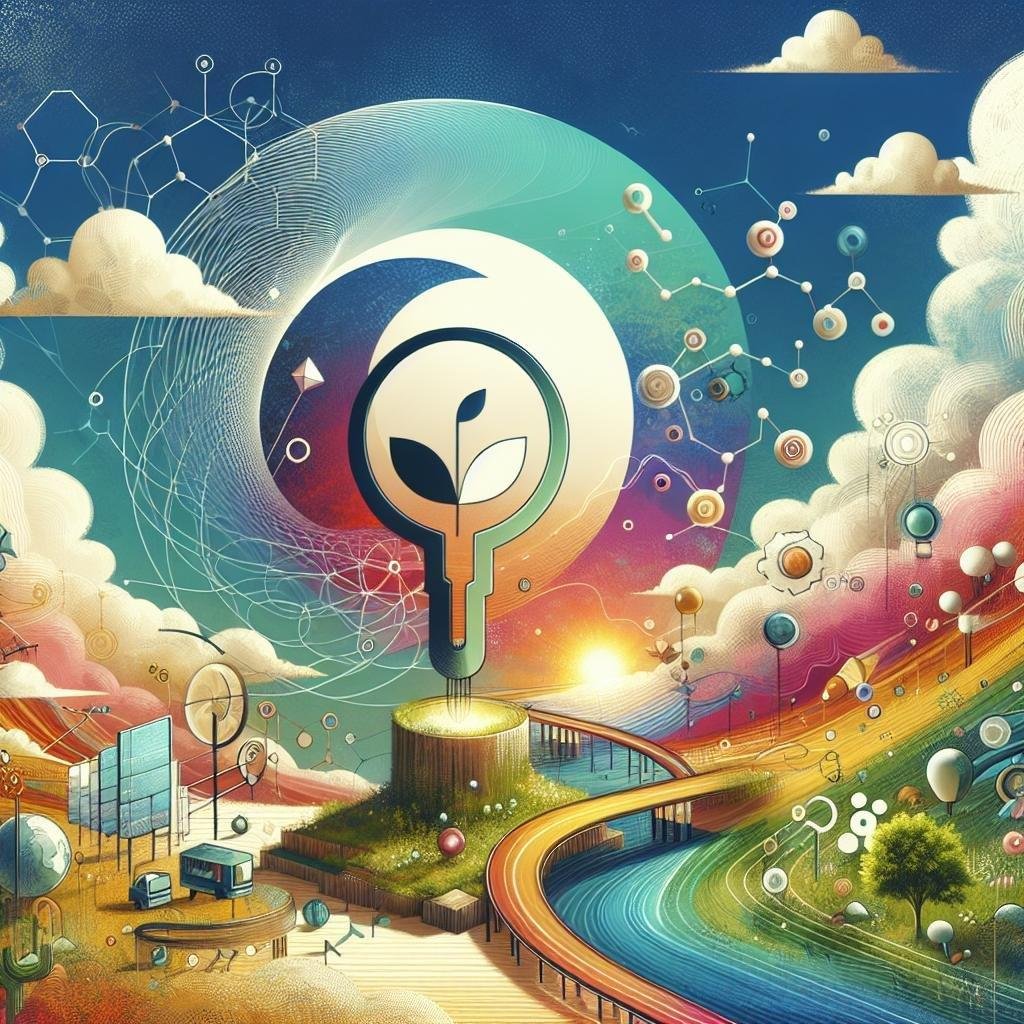In an era where the dual pressures of climate change and resource scarcity loom larger than ever, the world of technology stands at a pivotal crossroads. Clean-tech innovations are not just a fleeting trend; they represent a profound shift in how we harness and manage our resources, transform our industries, and redefine our relationship with the environment. As emerging technology trends intertwine with sustainable practices, a new landscape of possibilities emerges—one that promises to revolutionize energy production, waste management, and transportation, among others. This article embarks on a journey through this dynamic arena, exploring the groundbreaking innovations that are shaping our future and examining how these advancements can pave the way for a cleaner, greener planet. Join us as we uncover the vibrant tapestry of clean-tech developments and their potential to not only enhance our lives but also protect the world we inhabit.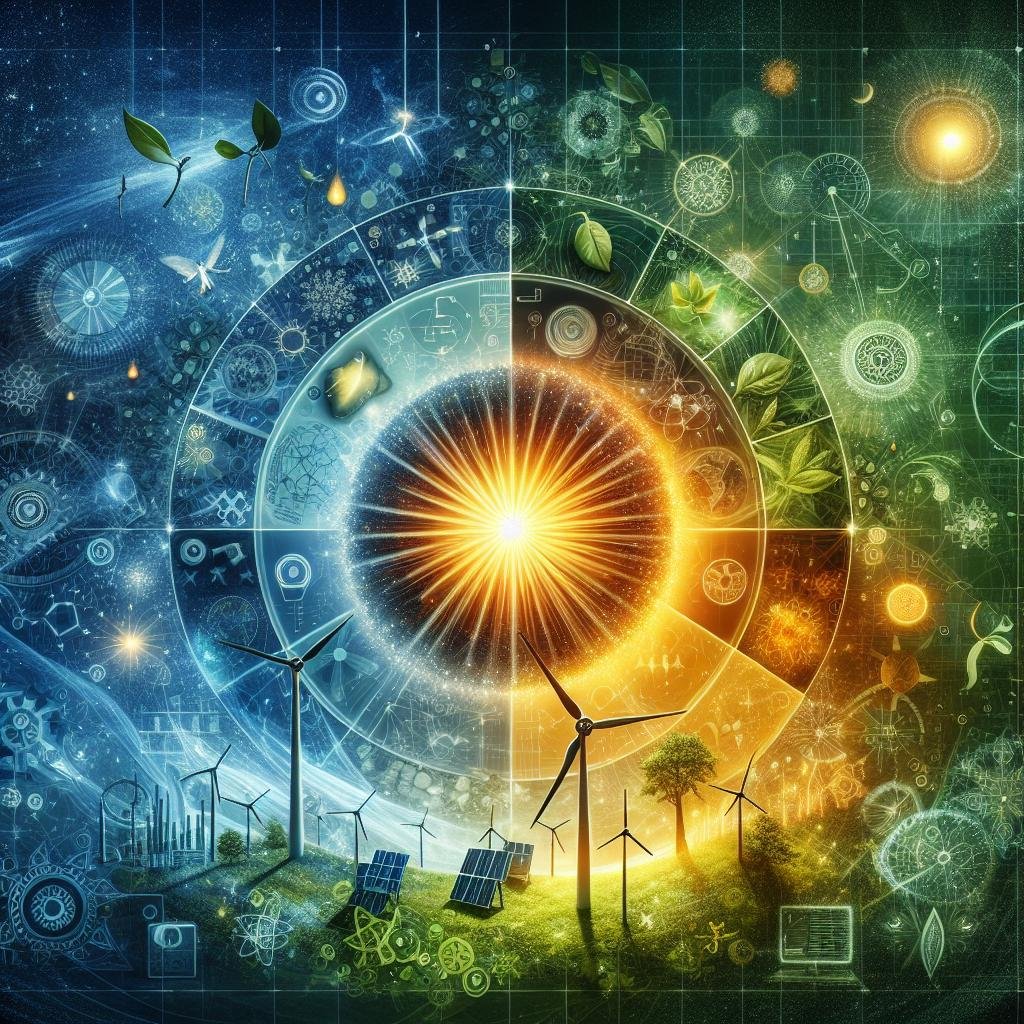
Harnessing Renewable Energy Solutions for a Sustainable Future
As the world increasingly turns to cleaner energy sources, innovative technologies are redefining how we harness power from nature. Solar power continues to lead the charge, with advances in photovoltaic materials that maximize efficiency and reduce costs. Technological breakthroughs, such as perovskite solar cells, promise higher energy yields at a fraction of traditional silicon cell expenses. Alongside solar, the growing field of wind turbine innovations is making clean energy more accessible. Vertically integrated designs and smart turbine blades adapt in real-time to wind conditions, improving overall energy capture while minimizing environmental impacts.
Beyond solar and wind, emerging technologies in energy storage and distribution are set to revolutionize the sector. Battery advancements, including solid-state and lithium-sulfur technologies, are extending the range and lifespan of energy storage systems, enabling better integration of renewable sources into the grid. Meanwhile, platforms utilizing decentralized energy systems, such as peer-to-peer energy trading, empower consumers to manage their energy production and usage actively. This shift not only supports community resilience but also contributes to a significant reduction in carbon footprints. As we embrace these innovations, an era of sustainable energy independence is on the horizon.
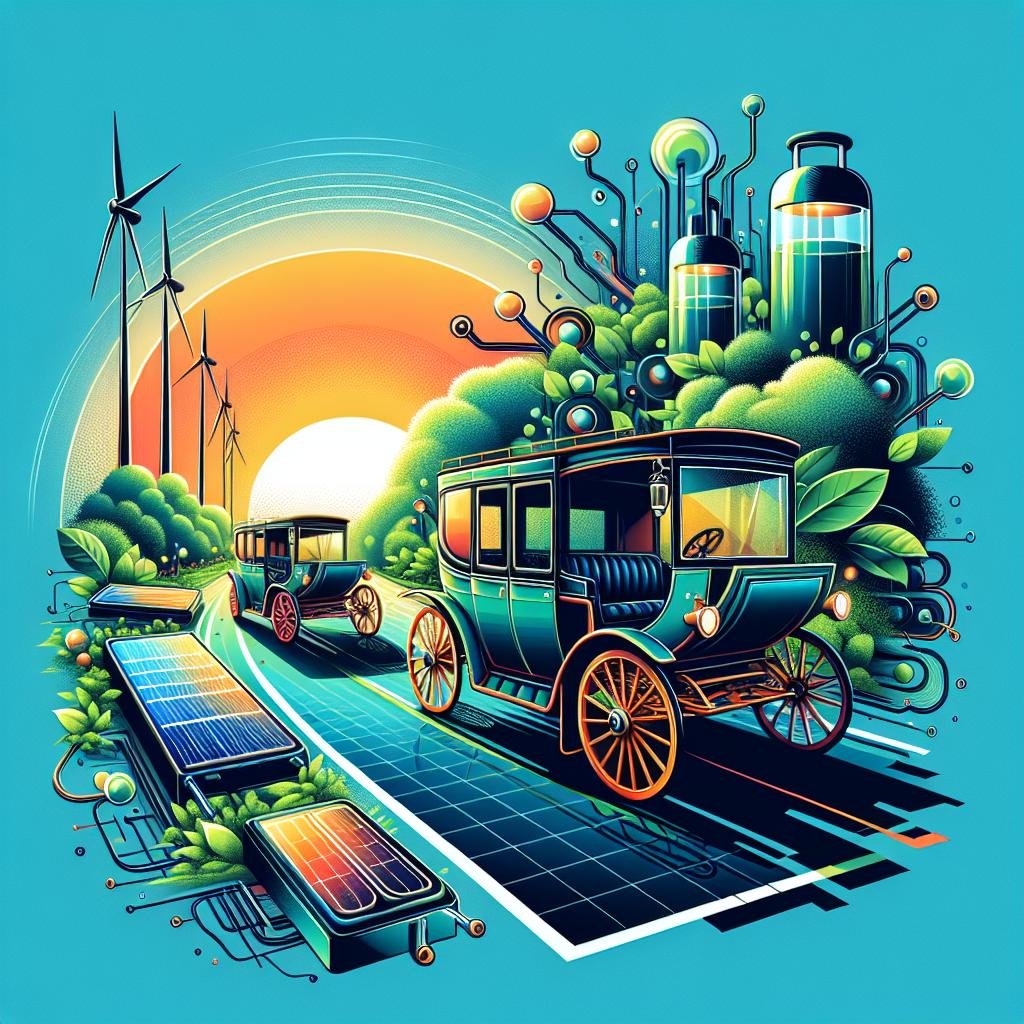
Revolutionizing Transportation through Clean-Tech Advancements
As the world grapples with the escalating impact of climate change, the push towards clean-tech advancements in transportation is more vital than ever. Innovations such as electric vehicles (EVs), hydrogen fuel cells, and solar-powered transport systems are paving the way for a transition to sustainable mobility. These technologies not only aim to reduce greenhouse gas emissions but also promise to enhance efficiency and reduce reliance on fossil fuels. Cities are now looking at smart transportation systems that integrate real-time data and AI to optimize traffic flow, thus minimizing congestion and associated emissions.
In the quest for a greener future, innovations like autonomous electric fleets and hyperloop systems exemplify how technology can merge with environmental consciousness. Consider these transforming aspects of the clean transportation landscape:
- Electric Vehicles: Capable of reducing urban air pollution with zero tailpipe emissions.
- Hydrogen Fuel Cells: A clean alternative, offering faster refueling than traditional electric charging.
- Shared Mobility Solutions: Car-sharing and ride-hailing services that decrease the number of vehicles on the road.
- Smart Infrastructure: Integration of renewable energy sources within transportation systems to support electric charging stations.
| Technology | Impact on Transportation |
|---|---|
| Electric Vehicles | Reduction in emissions and noise pollution. |
| Hydrogen Fuel Cells | Offers longer range and faster refueling options. |
| Autonomous Vehicles | Potential to decrease traffic accidents and improve travel efficiency. |
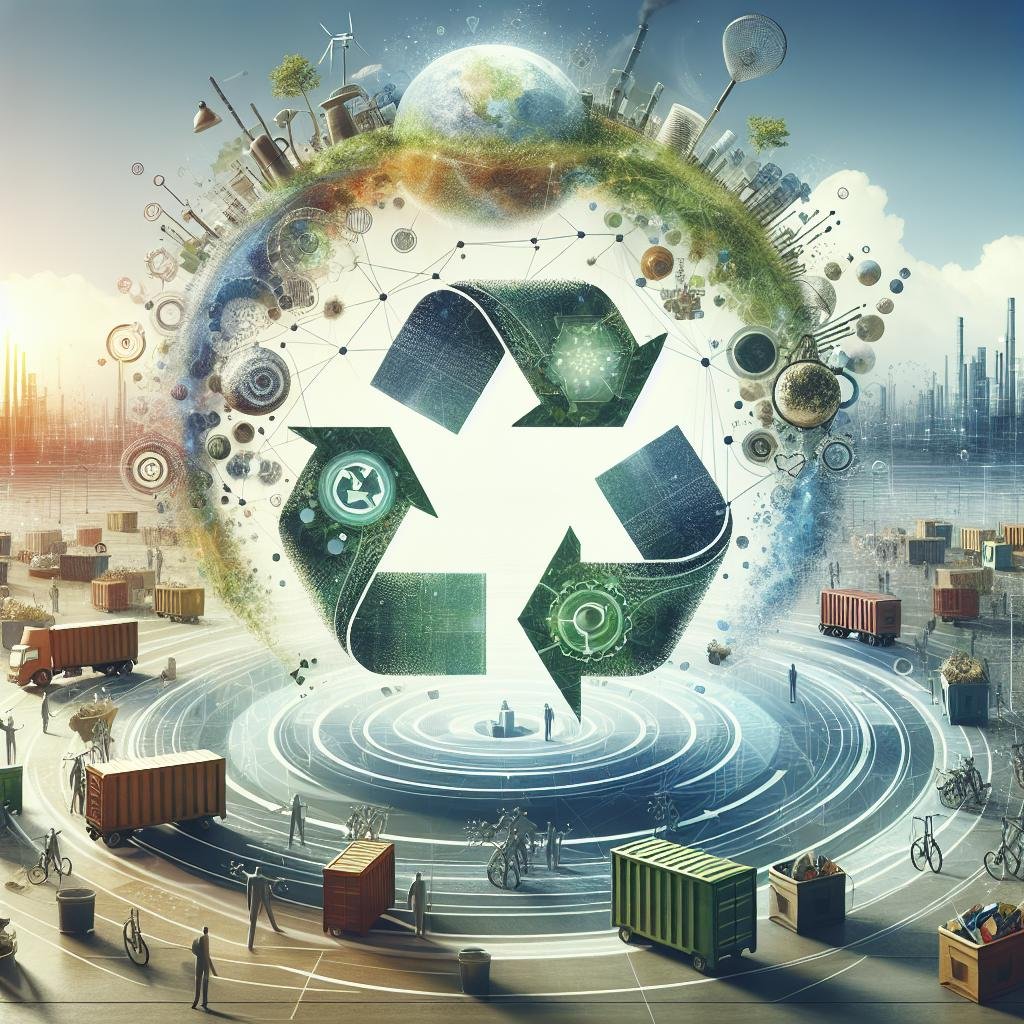
Innovative Waste Management Techniques Driving Circular Economy
As the global community strives for sustainability, innovative waste management techniques are emerging as vital catalysts in the transition towards a circular economy. These techniques not only minimize waste but also enhance resource recovery and reuse. Key practices include:
- Biodegradable Materials: Companies are increasingly utilizing bio-based plastics that decompose naturally, thus reducing landfill waste.
- Advanced Recycling Technologies: Chemical recycling processes break down plastics into their fundamental components, allowing them to be reused indefinitely.
- Waste-to-Energy Solutions: Cutting-edge methods convert waste into energy, ensuring that even non-recyclable waste serves a purpose.
Moreover, the integration of technology plays a crucial role in optimizing waste management systems. IoT-enabled smart bins and AI-driven waste sorting systems are transforming how cities manage refuse. Their efficiencies are illustrated in the following table, showcasing the effectiveness of these innovations:
| Innovation | Impact on Waste Management |
|---|---|
| Smart Bins | Real-time monitoring and data collection to optimize collection routes. |
| AI Sorting Robots | Increased efficiency in separating recyclables from waste, reducing contamination. |
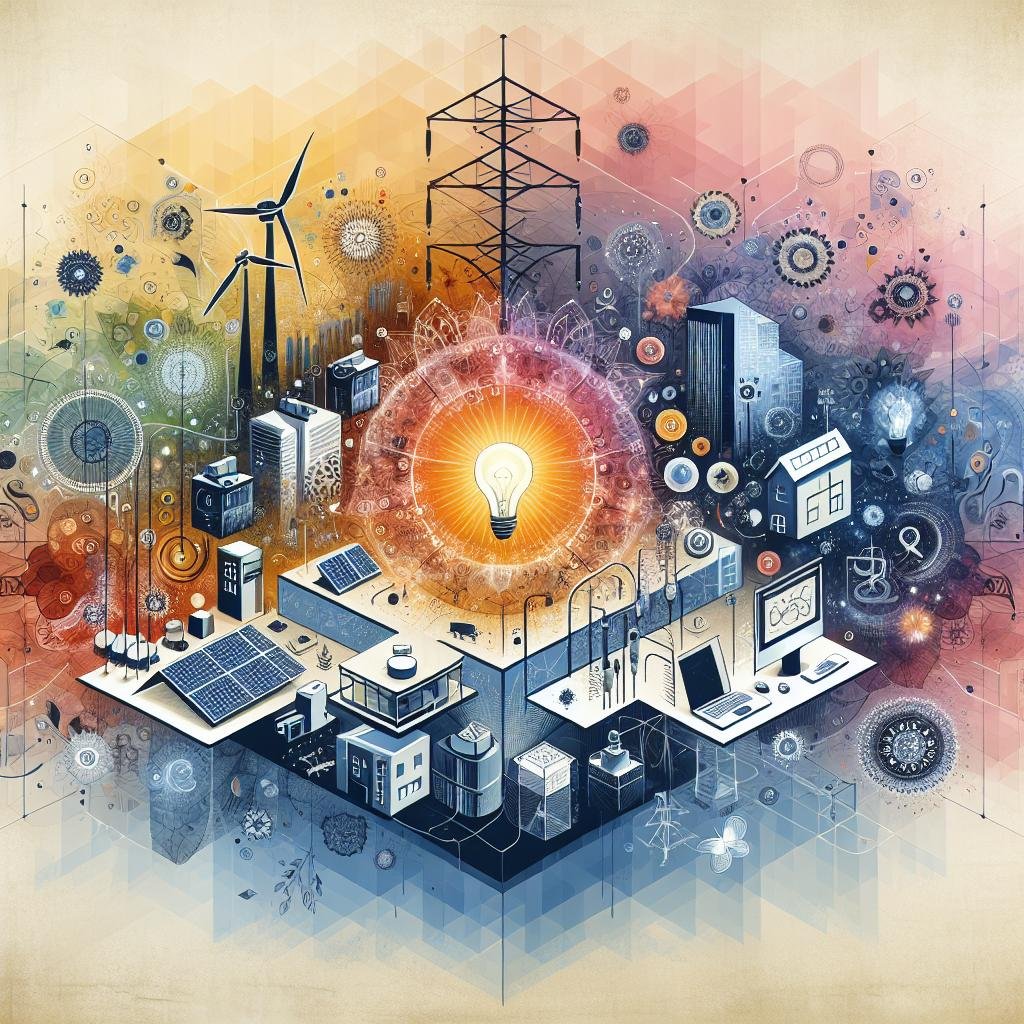
Smart Grids and Energy Efficiency: Redefining Modern Infrastructure
In the landscape of sustainable energy, smart grids are revolutionizing the way we interact with our power supply. These advanced systems employ digital communication technology to enhance the efficiency and reliability of electricity distribution. By integrating automated monitoring and control, smart grids enable a two-way flow of electricity and information between utilities and consumers. This results in a variety of benefits, including:
- Optimized energy distribution: Reducing transmission losses and lowering costs.
- Demand response: Allowing consumers to adjust usage patterns in real-time, which helps balance supply and demand.
- Increased integration of renewable resources: Facilitating the use of solar and wind energy at the residential and community levels.
Energy efficiency takes center stage within this framework, driving down consumption and emissions while promoting sustainable practices. Smart grid technologies enhance energy efficiency through advanced metering infrastructure (AMI) and energy management systems (EMS). These tools provide consumers actionable insights into their energy usage, fostering informed decisions about consumption. Consider the following key components:
| Component | Description |
|---|---|
| Smart Meters | Real-time monitoring of energy consumption at the household level. |
| Home Energy Management Systems | Tools that help users optimize energy use in real-time. |
| Automated Demand Response | Systems that adjust energy consumption automatically based on availability. |
Q&A
Q&A: Exploring the World of Clean-Tech Innovations in Emerging Tech Trends
Q1: What is clean-tech, and why is it becoming increasingly relevant today?
A1: Clean-tech, or clean technology, refers to products, services, and systems that use renewable materials and energy, reduce emissions and waste, and have a positive environmental impact. As the world grapples with climate change, resource depletion, and pollution, clean-tech innovations are gaining traction. The urgency to transition to sustainable practices makes clean-tech not just a trend but a necessity for both businesses and consumers.
Q2: What are some notable clean-tech innovations we should be aware of?
A2: There are several fascinating innovations in the clean-tech space. For instance, solar energy technologies have advanced significantly, with solar panels now being integrated into building materials. Energy storage solutions, such as next-gen batteries and even hydrogen fuel cells, are paving the way for more efficient energy use. Not to mention, innovations in waste management, like biodegradable plastics and waste-to-energy technologies, are transforming how we handle refuse sustainably.
Q3: How can businesses leverage clean-tech innovations to gain a competitive edge?
A3: Businesses that embrace clean-tech innovations can enhance their brand image, attract environmentally conscious consumers, and improve operational efficiencies. By adopting sustainable practices, companies can also qualify for various incentives and funding opportunities aimed at promoting green technologies. Further, clean-tech can lower long-term operating costs, as energy-efficient systems and processes tend to reduce utility bills and waste expenses.
Q4: What role do governments and policies play in the advancement of clean-tech innovations?
A4: Governments are crucial in spearheading clean-tech advancements through supportive policies, incentives such as tax breaks, and funding for research and development. Legislation aimed at reducing carbon emissions and promoting renewable energy can catalyze the growth of clean technologies. International agreements and local initiatives often push for heightened commitments to sustainability, enabling clean-tech innovation to thrive.
Q5: How do consumers influence the clean-tech landscape?
A5: Consumers are increasingly demanding sustainable products and services, thus influencing companies to adopt clean-tech solutions. Awareness of environmental issues has grown, leading to conscious purchasing decisions. The rise of the “green consumer” means that businesses may prioritize clean technologies to meet market expectations and stay relevant. Consumer advocacy for sustainable practices can drive innovation and result in more environmentally friendly offerings.
Q6: Can you discuss some emerging trends in clean-tech that are on the horizon?
A6: Emerging trends encompass a wide array of areas. For instance, artificial intelligence (AI) and machine learning are being harnessed to optimize energy consumption in smart homes and buildings. Additionally, the electrification of transport, including electric vehicles and hyperloop systems, is gaining momentum, further diminishing reliance on fossil fuels. Concepts like regenerative agriculture and smart grids are also poised to redefine how we think about resource management in the coming years.
Q7: What challenges do clean-tech innovations face on their path to mainstream adoption?
A7: Despite their potential, clean-tech innovations face several challenges. High initial costs, regulatory hurdles, and the need for significant infrastructural changes can hinder widespread adoption. Moreover, consumer awareness and education about clean technologies need to improve to facilitate acceptance. Addressing these challenges will be crucial for driving the clean-tech revolution and achieving a sustainable future.
Q8: How can individuals contribute to the clean-tech movement?
A8: Individuals can play a pivotal role by making informed choices. Supporting clean-tech companies, using energy-efficient products, reducing waste, and advocating for sustainable policies are all impactful actions. Engaging with community initiatives and promoting environmental awareness can create momentum for clean technologies and foster collective action towards sustainability. Every small step contributes to a larger shift toward a cleaner, greener world.
The Conclusion
As we stand on the brink of a cleaner, greener future, the world of clean-tech innovations continues to expand, shedding light on the myriad possibilities that emerging technologies offer. From renewable energy solutions to sustainable materials and smart urban planning, the intersection of innovation and environmental stewardship is profoundly reshaping our approach to the challenges we face.
In this dynamic landscape, collaboration among scientists, entrepreneurs, and policymakers is crucial to harnessing these advancements for the benefit of society and the planet. As we explore the latest trends in clean technology, we are reminded that each innovation has the potential to create ripples of change far beyond its immediate impact.
As you venture forth, consider how you can contribute to this movement — whether through adopting sustainable practices, supporting clean-tech initiatives, or simply staying informed. The future is not solely in the hands of inventors and corporations; it belongs to all of us. Together, we can pave the way for a sustainable and prosperous world, where technology and nature coexist in harmonious balance.
Thank you for joining us on this insightful journey through the evolving realm of clean-tech innovations. The adventure doesn’t end here; it’s only just beginning.

